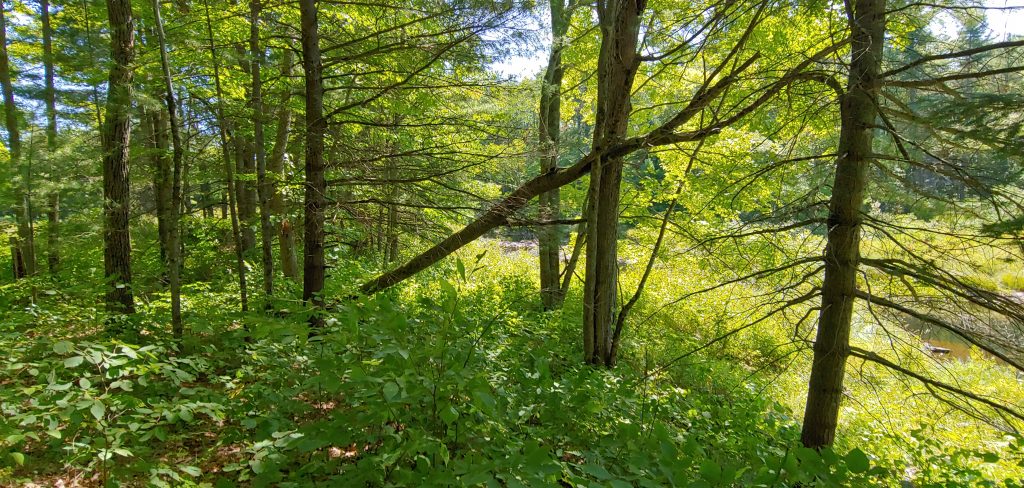Finding and buying a piece of land can be a very rewarding experience. The fulfillment of a lifelong dream. While it the seemingly endless months or even years of searching for the perfect piece of land all the work and searching the real estate agents and the legal and financial obstacles are done the physical part of the work now begins.
What to Consider When Choosing A Campsite Location – How do I pick a campsite?
This article is not about selecting a campsite for an RV or mobile home. It is about the basic planning that needs to take place to find a suitable site to set up a basic camp. A camp that can accommodate you and company for multiple nights at a time. Whether you plan to use it as launching point for hunting or fishing trips, hiking, snowshoeing or what not every campsite needs to satisfy certain criteria.
Municipal Guidelines
Always check local municipal guidelines first. Some municipalities do not allow camping even if you own your land. In some cases you might have to pay for a permit. Check with the local municipality. Check their zoning map, and what is allowed in the zone your property is assigned in. If you intent to camp on crown land then check to see what is permitted in the area. Always check with municipal guidelines and regulations. Some municipalities do not even allow temporary camping on your own land. In some cases an outhouse is not permitted in certain areas. In other parts of Ontario you might need a permit for it. You might not need one from the municipality per se but you might need to get a permit for the structure from the local conservation authority. If you are in an unorganized township you will definitely be ok. If not then you might have to go through some paperwork before you begin setting things up.
Before you start working the campsite you have to do a little more planning to find the best possible site.
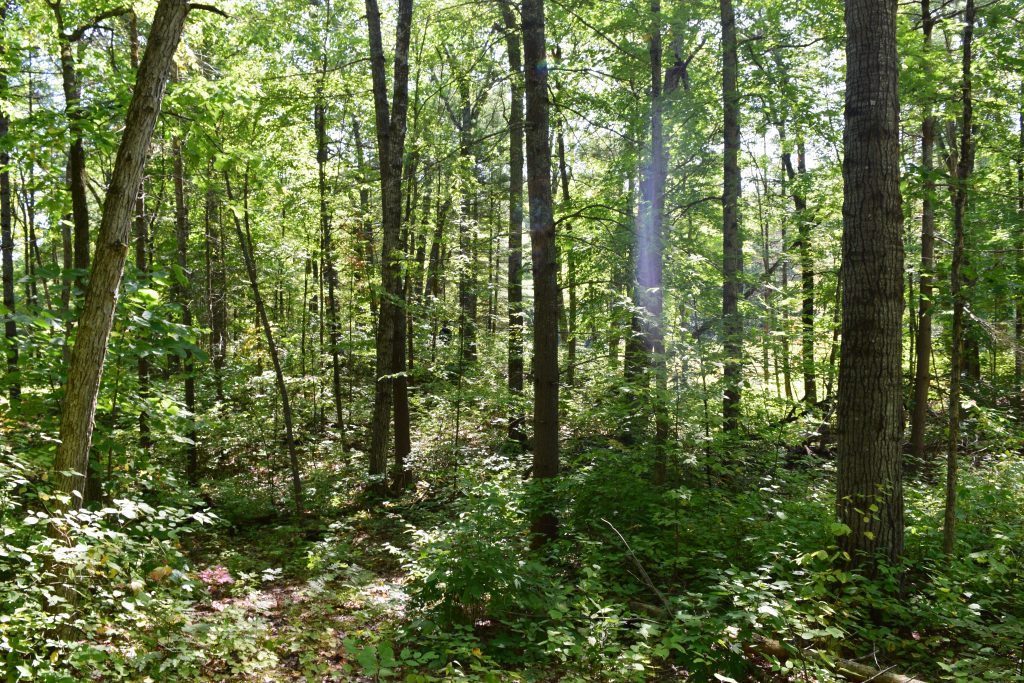
Look Past the Bush and Undergrowth
A good location for a campsite can be hidden behind a lot of underbrush. Depending on what season you go looking for your campsite you might come across sites with great potential but they are hidden bellow small trees, bushes, fallen trees etc. They to visualize the site without everything in the way and think outside the box.
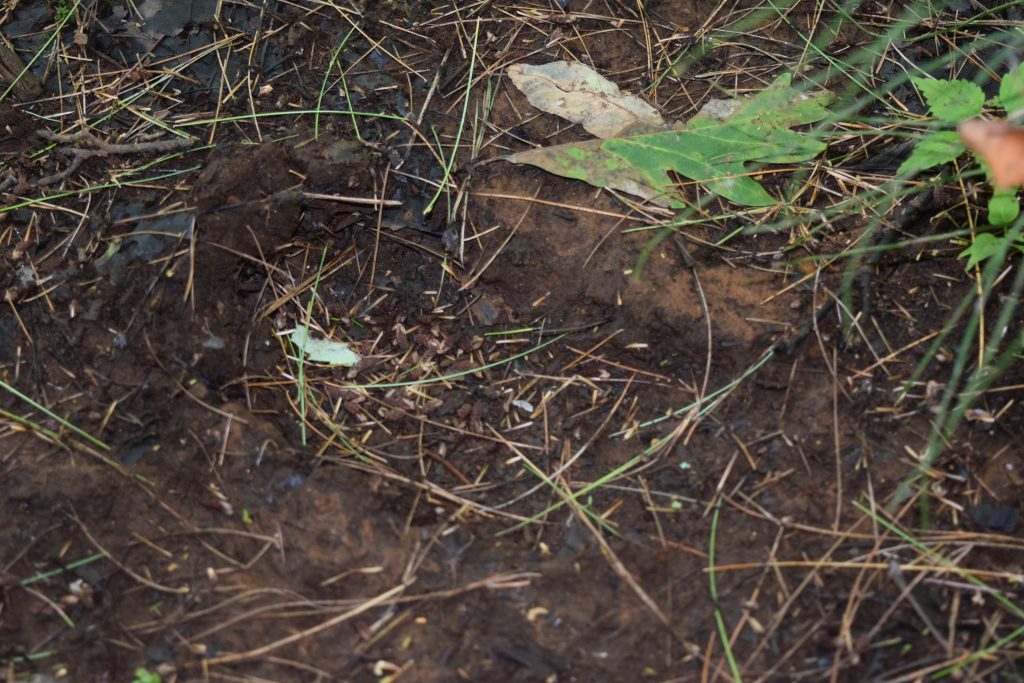
Away from Danger
Obvious point here but frequently neglected. Look for a site away from old or dead trees that can fall and hurt you. Make sure you are not setting up camp in a flood zone or too close to the banks of a river or lake. Wild animal signs? Scout the area before you set up camp. Avoid areas with too much bear or wolf sign. Keep in mind that you will be intruding in a place where generations of wildlife have been living before you even arrived. If the land has been previously occupied make sure there are no contaminants in close proximity.
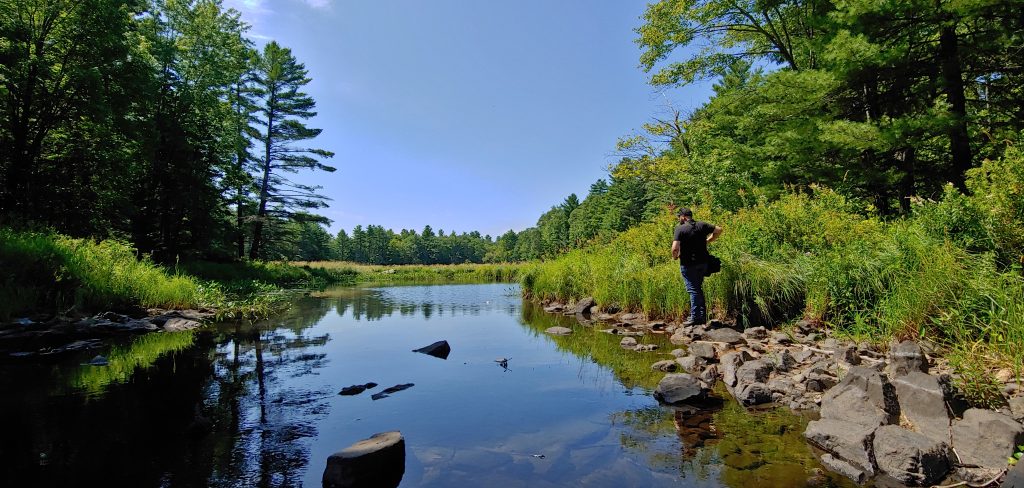
Proximity to a Water Source
You will need clean water. While you can bring water you can only bring so much. It will be impossible to bring enough water for drinking, cooking and washing for extended stays. Especially if you are camping with several people at a time. You need a good water source nearby. Whether it being a river, a lake, stream, spring or well. While you might not want to drink the water directly you will have the option of treating the water before consumption. But you should have clean flowing water close by.
Proximity to Civilization – Accessibility
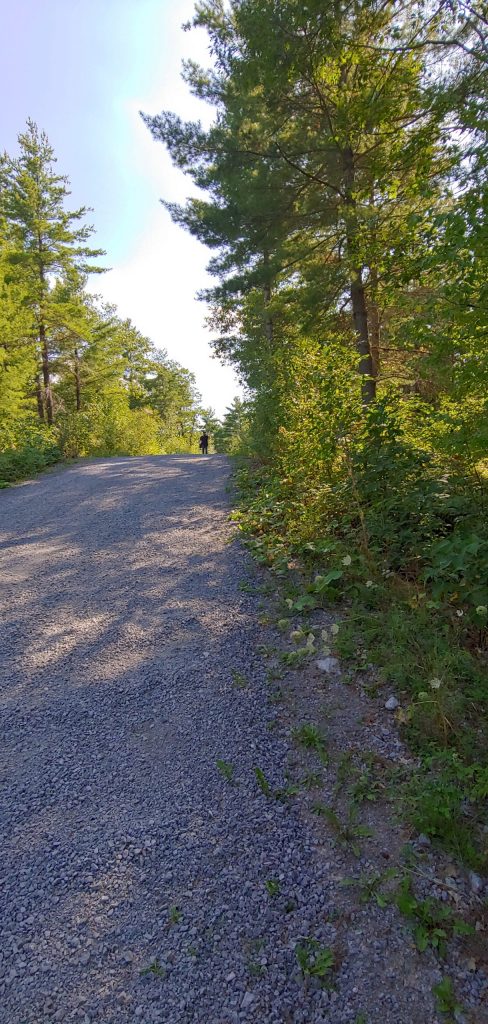
Being close to a road. You need to weigh the pros and cons of being close to a road. While having no noise at all from passing vehicles is a plus it can be easily outweighed by having a good way to get out in case of emergency. Also keep in mind that everything you have at camp you will have to bring with you. And in most cases you will have to carry everything from a vehicle. You need to decide and plan your campsite in an area where it is not too much of an undertaking to lug gear and supplies. Most of the things you bring with you will have to leave with you when you leave so it will have to be carried twice. Especially in the beginning first few trips before you establish safe storage on the land.
Protected from the Elements
South facing ideally. You want your camp to get a good amount of sunlight and have some shade at the same time. Think sunny in the winter and shady in the summer. So building your camp in an area with deciduous trees is ideal. These trees will drop their leaves in the fall and winter months letting the much needed sunlight in. While in the summer when temperatures in Southern Ontario can climb they keep you nice and cool. Find an area with Oaks or Maples. They make for good firewood too. Having some evergreen trees around will help with shielding your camp from bitter winter winds.
Topography and Elevation
It is important to find an area that has flat even ground. This way you can set up your tent easier and you won’t have to do too much work flattening the space. An area with too many rocks and boulders is not good obviously as you will have to remove them at some point. Even if they are not in your way they might pose tripping hazards at night. Don’t set up camp next to a small hill or inside a depression in the ground. Water will pool when it rains and if the ground gets soggy you will be camping in a water pool.
Firewood Sources
Find a spot where there is good firewood around. Standing dead trees are ideal. Hardwood or softwood will do but ideally hardwood if you are going to be using wood to heat you up at night. Hardwood burns slower and produces more energy whereas softwood burns faster. If you are going to be staying at camp for more than a few days at a time you will need a lot of firewood especially if you are planning to do winter camping.
All types of firewood will come in handy. Good or not so good quality firewood will do. You can use fallen branches or dropped trees for your campfires and better dryer wood for your tent stove. Find a spot that has good wood sources nearby. Think ahead and for all seasons.
Campfires
Can you set up a campfire freely? Some municipalities like in Muskoka do not allow campfires during dry days in the summer. If this is a priority for you then you might be unpleasantly surprised. Make sure your municipality allows for campfires all year round
Energy Sources
Is there a clearing that you can set up a small solar panel to charge your electronics? Will be using electronics? Then find a spot where you can use a solar charger. If a good sunny clearing is not an option the consider having a stream nearby. You can charge your electronics using a small water turbine.
Other considerations
Cell Reception
If you are planning to maintain some contact with the rest of the world it is good to pick a campsite that has cell reception. Check your phone and networks and make sure you get enough signal to make and receive calls. It is a good idea to have some reception during your camping trips in case of emergencies. Otherwise you might want to consider buying a satellite phone.
